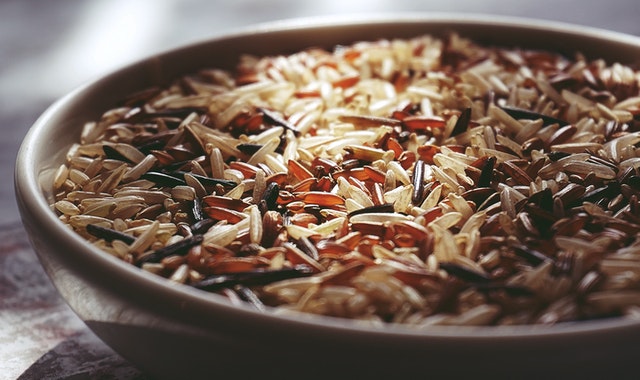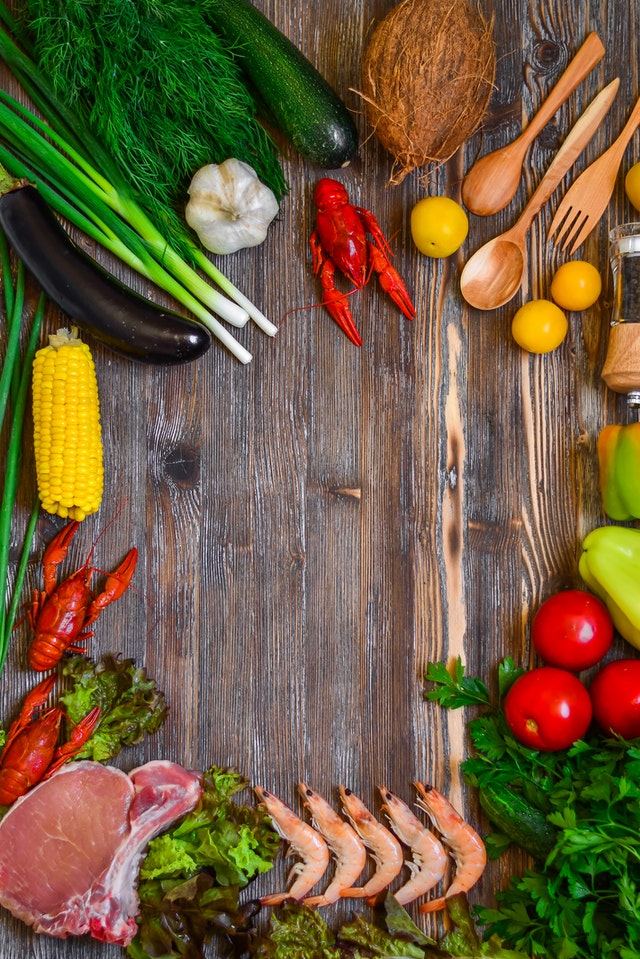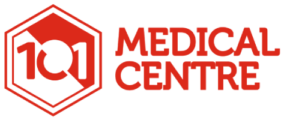Healthy nutrition is important for everyone; it is even more important for children with ADHD. Research shows that what you feed your body has a direct correlation to how your brain functions(1). Diet and nutrition impact cognition, attention, sleep, and mood. Balanced nutrition is very important during childhood, which is a period of vigorous growth, increased activity, and development of brain functions and social cognitive ability (2). For every parent, it is very important to know what is considered the best and worst foods for their kids with ADHD.
Carbs
Carbs affect brain functioning and mood. Some carbohydrates cool our behavior, while others have potential to excite it. Human brain has a high demand for carbs, specifically, about 20% of all carbohydrates. Some carbs provide a high level of brain functioning and the key word here is steadiness. When brain receives constant supply of sugar for functioning, it works more successfully. However, when the sugar level in the blood goes up and down, the supply for our brain is also unstable, resulting in learning or behavioral problems (3). The rate, at which sugar from a particular food enters brain cells, and other cells of the body, is called the “glycemic index” (GI). Foods with a high glycemic index stimulate the pancreas to secrete high levels of insulin, which causes sugar to empty quickly from the blood into the cells. Insulin regulates the ups and downs of blood sugar, and the rollercoaster behavior that sometimes goes with them. Low-glycemic foods deliver a steady supply of sugar, helping a person with ADHD to control behavior and improve performance (2,3) Therefore, when choosing brain-friendly carbs, we have to know the glycemic index of a particular food.
The following is a list of brain friendly sugars:
- Fruits: apples, banana, peach, cherries, oranges, grapefruit, pomegranates, grapes
- Grains: oatmeal and bran, barley, millet, quinoa, wild rice
- Legumes and Vegetables: lentils, chickpeas, kidney beans, broccoli, peppers, tomatoes, cabbage, mushrooms
- Dairy products: milk, goat chees, yogurt (especially plain yogurt)


Proteins

Like carbohydrates, proteins affect brain performance. While some proteins stimulate the brain, other sedate it. Protein is made up of amino acids, which are a building block for many of our neurotransmitters. Certain amino acids are considered essential, as they need to be taken in through the diet (4). Protein food contains the amino acid Ltyrosine and stimulates our brain. These are found in seafood, poultry, meat, tofu, beans and lentils. Food, which contains another amino acid, tryptophan, can relax our brain. These are milk, turkey, eggs, bananas, pumpkin seeds, soybeans and cheese. When we choose proteins for children, we have to keep the balance of stimulation and relaxation of actions. Eating complex carbohydrates with proteins helps the ability to use amino acids from proteins into the brain. A breakfast high in protein and complex carbohydrates provides steady energy to the brain for the whole morning.
Fat
The fat content of the meal can also contribute to a person’s thinking and behavior (5). Instead of thinking about a low fat diet (as we usually do for adults), we advise parents to think about correct fat. The human brain is nearly 60 percent fat. Brain cells and myelin sheaths around each nerve need fatty acids for functioning. Essential fatty acids (EFAs) are required for maintenance of optimal health but they can not be synthesized by the body and must be obtained from dietary sources. There are two essential fatty acids: Omega 6 and Omega 3. Western diets contain a lot of Omega 6 fatty acids and not enough of Omega 3. There are 3 main Omega 3 fats: Epicosapentaemonic acid (EPA), docosahexaenoic acid (DHA), which come mainly from fish; and Alphalinolenic acid (ALA), which is found mostly in vegetable oils, nuts, and flax seeds. Introducing of Omega 3 in children’s diet, especially DHA, shows the biggest improvement in mental focus and cognitive function. (6)
Iron
Low iron can contribute to ADHD symptoms (increased inattention, irritability, and aggression). The point is that the behavioral effect of low blood iron may occur before the diagnoses of anemia, because our brain is very sensitive to decreasing iron levels in the blood.(4)
Calcium
Children with calcium deficiency may show impaired behavior and learning issues. Some studies show that children’s behavior improves after introducing milk in the morning to their diet.
Vitamins and supplements
Scientifically controlled studies show that jumbo vitamin therapy does not help in ADHD management. However, some vitamins and minerals may improve focus and behavior (4): Zinc (eggs, whole grain bread, seafood, meat, nuts, seeds), Calcium (dairy products, spinach, kale, beans), Iron (red meat, seafood, beans), Magnesium (dark leafy greens, nuts, fish, beans, avocados, yogurt), vitamin B complex (liver, legumes, beans, fish, red meat, eggs, cheese cereals) and vitamin C (bell peppers, dark leafy greens, kiwi, oranges, tomatoes). It makes sense to give daily multivitamin supply according to your child’s age.

Common Rules
- Whole fruit has lower glycemic index than juice because of the fiber, so the whole apple or orange is better than a glass of juice (side note: freshly made juice is better than a filtered one).
- Instead of a high GI food (white rice, cornflakes, baked potato, sugar-coated cereals, corn, white bread), eat low GI food (brown rice, steel-cut oats, buckwheat, bran, pasta, bulgur, wholegrains bread, peas or leafy greens).
- High glycemic index food (candy, sweets or juice), it is better to combine it with low GI food to decrease absorption and make sugar level in the blood steadier.
- The healthiest fats for children are those from seafood and vegetable sources like vegetable oil, walnuts, salmon, tuna, avocado, flaxseeds, pumpkin seeds, and eggs. These fats can also be added as one or two tablespoons of flaxseed oil to a daily diet in order to increase EFA’s intake.
Elimination Diet
Studies show that sensitivity to some foods may worsen ADHD symptoms in children (7). The general concept of this diet is, that in some individuals behavior is affected by multiple food sensitivities and that behavior improves when culprit food is identified and eliminated. The focus of elimination diets is to remove specific foods from the diet in an effort to eliminate potential allergens that occur naturally in food, which may trigger hyperactive behavior, common artificial coloring ingredients, flavors and preservatives. An elimination diet starts by eating only foods with low allergenic potential, which unlikely to cause reactions: lamb, chicken, banana, quinoa/rice, apples, potatoes, cucumbers, celery, parsnips, carrot, cabbages, cauliflower, broccoli, salt, pepper and vitamin supplements. Elimination diet uses 2-step process, wherein the diet is followed for a period of 3 weeks; then an eliminated food item is reintroduced one at a time (like gluten or eggs, or dairy). Return of any symptoms must be observed for the next 3 days. If there is no any immediate negative response, subjects are allowed to eat this food again for a short period of time, then one has to wait and observe for symptoms and behavior changes. Eliminated food may be introduced back to diet on a regular basis while symptoms are monitored. Then another food item is picked and the above-mentioned steps have to be repeated again. If any unwanted reactions occur, like increased fidgeting, or trouble sleeping, or decreased mood the food item has to be eliminated. If a child really likes that food, it may be reintroduced again a year later because children often outgrow sensitivities.

Children with ADHD have to be overseen by a properly qualified professional nutritionist or dietitian in order to avoid any nutritional deficiencies or complications.

